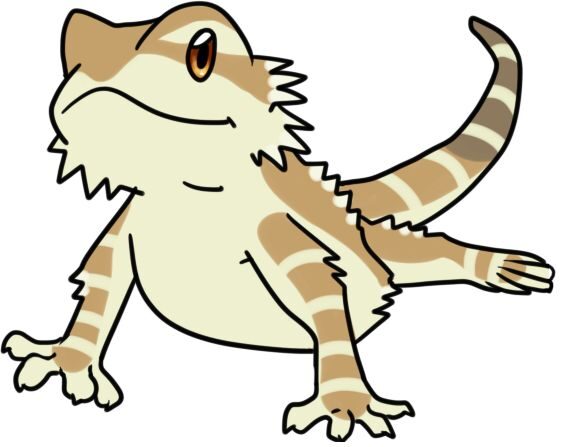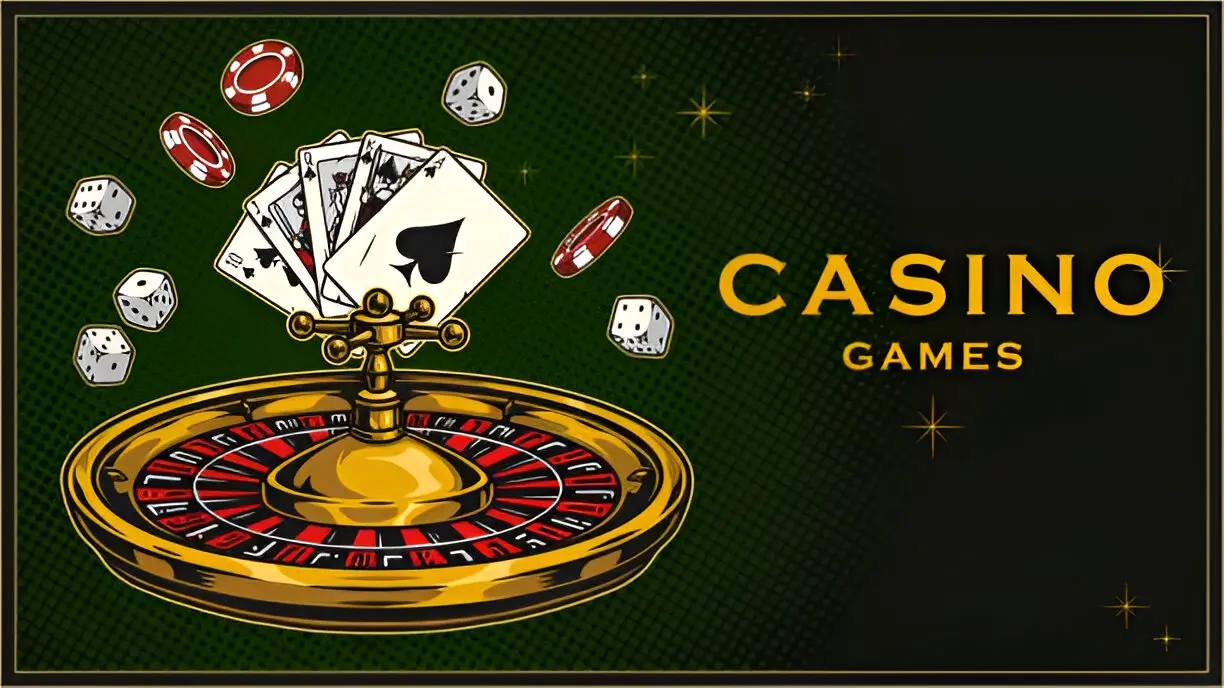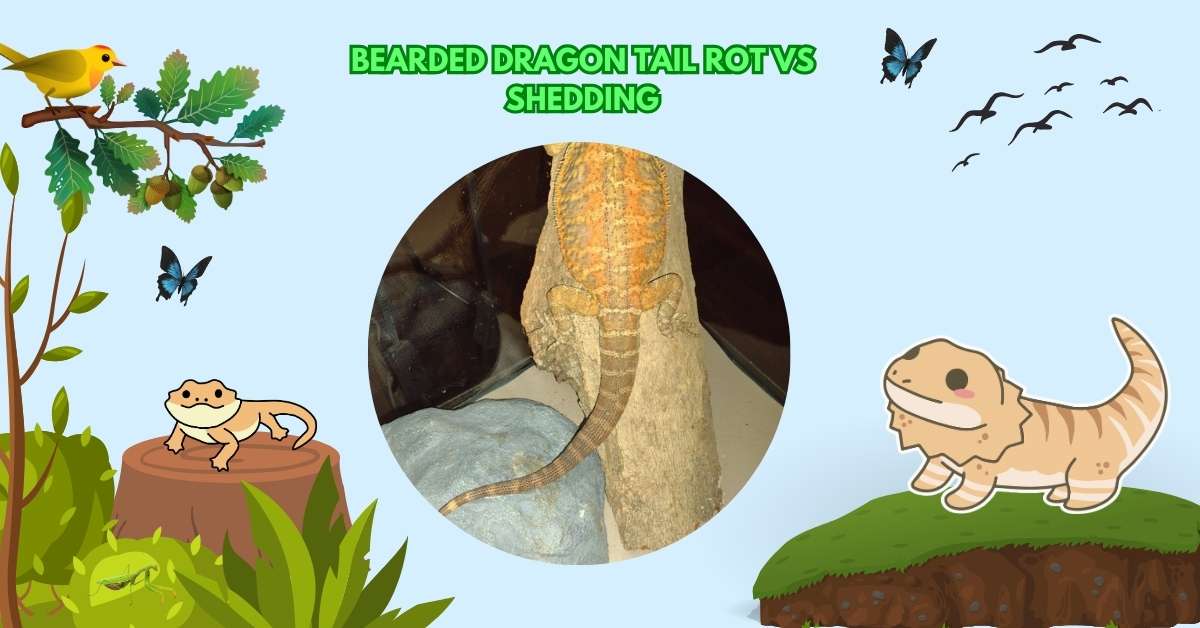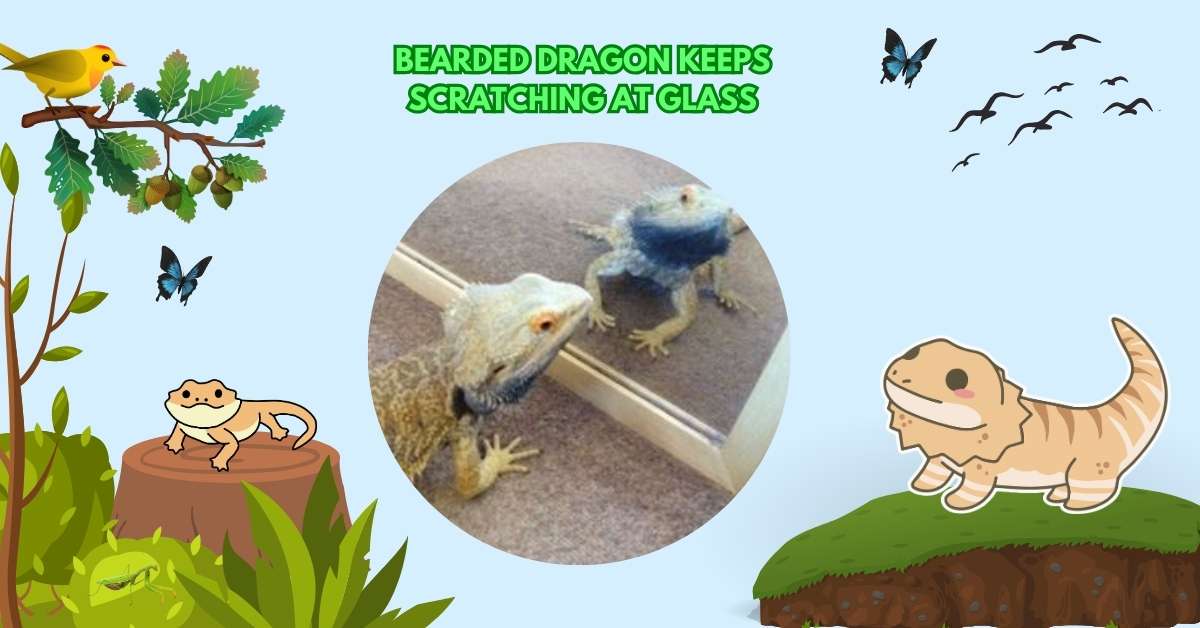Bearded Dragons are the rock stars of the reptile world, stealing hearts with their chill vibes and quirky charm. Hailing from Australia’s dusty deserts, these lizards, especially Pogona vitticeps, are a top pick for pet lovers thanks to their friendly nature and straightforward care.
Bearded Dragons, popular pet reptiles from Australia, need a 40-gallon tank, UVB light, greens, insects, and weekly baths. They may puff up defensively and are among the eight Pogona lizard species.
With the right setup, diet, and love, they can thrive for 10-15 years, becoming loyal companions. This guide dives deep into everything you need to keep your Bearded Dragon happy and healthy!
Introduction to Bearded Dragons
1. What Are Bearded Dragons?
Bearded Dragons, scientifically classified under the Pogona genus, are medium-sized lizards renowned for the spiky, expandable pouch under their throats, often called a “beard.” This feature, which they puff out when threatened or displaying, gives them their name.
The most common species kept as pets is Pogona vitticeps, prized for its docile nature and adaptability to captivity. These reptiles thrive in desert-like environments, making them relatively easy to care for with the right setup.
2. Why Choose a Bearded Dragon as a Pet?
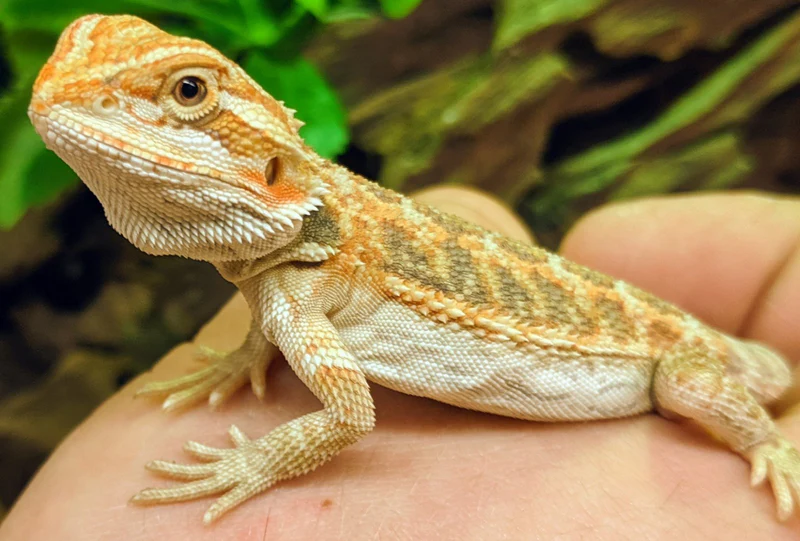
A Bearded Dragon makes an excellent pet for several reasons. Their calm temperament allows for gentle handling, making them suitable for families, including those with children.
Unlike some reptiles, Bearded Dragons are active during the day, offering plenty of opportunities for interaction. Their care requirements, while specific, are straightforward once understood, and their expressive behaviors—like head-bobbing or arm-waving—add a layer of charm that endears them to owners.
3. Brief History and Origin
Originating from Australia’s deserts, Bearded Dragons were introduced to the global pet trade in the 1990s, quickly gaining popularity due to their manageable size and friendly disposition.
Australia’s strict export laws mean most pet Bearded Dragons are captive-bred, ensuring a steady supply of healthy, diverse morphs. Their rise in popularity has also fostered vibrant online communities, with owners sharing tips and experiences on platforms like X.
4. Quick Facts About Bearded Dragons
| Fact | Details |
| Scientific Name | Pogona vitticeps (most common) |
| Lifespan | 10-15 years with proper care |
| Size | 16-24 inches (including tail) |
| Diet | Omnivorous (insects and vegetables) |
| Activity | Diurnal (active during the day) |
Understanding Bearded Dragon Biology
1. Species Overview
The Pogona genus includes eight species, but Pogona vitticeps dominates the pet trade due to its robust health and sociable nature. Other species, like Pogona barbata or Pogona minor, are less common and often more challenging to keep. Understanding the biology of a Bearded Dragon helps owners meet their specific needs, from habitat to diet, ensuring a thriving pet.
2. Anatomy and Physical Characteristics
A Bearded Dragon’s appearance is both functional and striking. Their triangular head, robust body, and long tail make them agile climbers and baskers.
The signature beard, a throat pouch lined with spiky scales, can puff up or darken to signal stress, dominance, or courtship. Their skin comes in various colors—tan, brown, red, or even vibrant blues in certain morphs—making each Bearded Dragon visually unique.
3. Lifespan and Growth Stages
With proper care, a Bearded Dragon can live 10-15 years. Their growth is rapid in the first year, transitioning through distinct stages:
- Hatchling (0-6 months): 3-9 inches, requiring frequent feeding and careful monitoring.
- Juvenile (6-12 months): 9-16 inches, with increased activity and dietary shifts.
- Adult (1+ years): 16-24 inches, reaching full maturity with stable care needs.
4. Common Morphs and Color Variations
Bearded Dragon morphs, resulting from selective breeding, offer a dazzling array of colors and patterns. Popular morphs include:
- Hypomelanistic: Lighter colors with reduced dark pigmentation.
- Translucent: Semi-transparent scales, often with striking eyes.
- Red or Citrus: Vibrant red or yellow hues, highly sought after. These morphs don’t affect care needs but add aesthetic appeal, with prices varying based on rarity.
5. Behavioral Traits and Communication
Bearded Dragons are expressive, using body language to communicate. Head-bobbing often indicates dominance or mating interest, while arm-waving signals submission or acknowledgment.
A puffed-up, darkened beard can mean stress or defense, but a relaxed Bearded Dragon basking contentedly is a sign of comfort. Observing these behaviors helps owners understand their pet’s mood and needs.
Setting Up the Perfect Bearded Dragon Habitat
1. Choosing the Right Enclosure
A well-designed habitat is critical for a Bearded Dragon’s health. For juveniles, a 40-gallon tank suffices, but adults need 75-120 gallons to roam comfortably. Glass terrariums with secure lids are ideal, offering visibility and ventilation. Ensure the enclosure is placed away from drafts or direct sunlight to maintain stable conditions.
2. Temperature and Heating Requirements
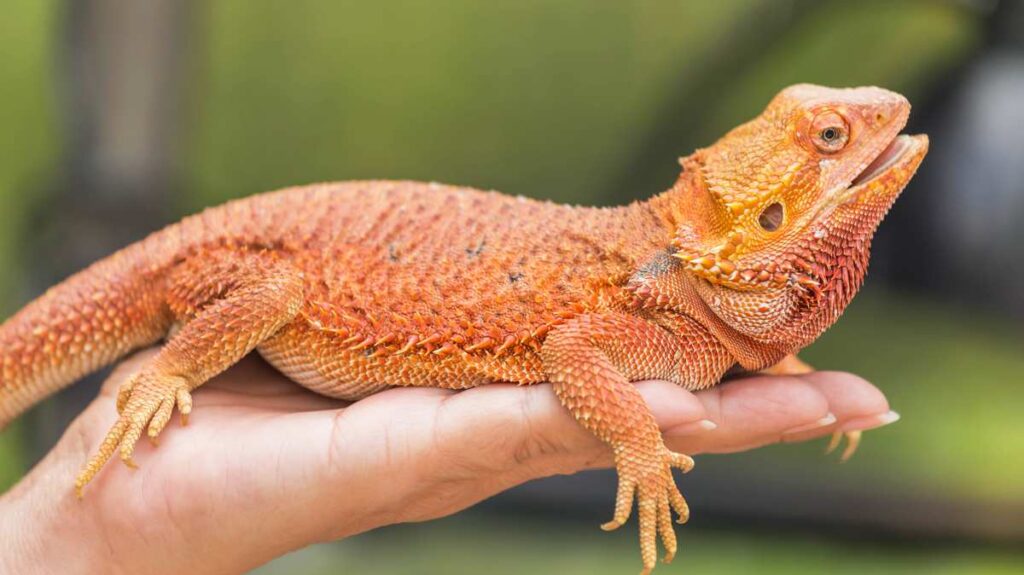
Bearded Dragons are ectothermic, relying on external heat to regulate body temperature. Create a thermal gradient:
- Basking Zone: 95-110°F, achieved with a high-wattage heat lamp.
- Cool Zone: 75-85°F, allowing the dragon to cool off.
- Nighttime: 70-75°F, using ceramic heat emitters if needed. Use a digital thermometer with a probe to monitor temperatures accurately.
3. UVB Lighting: Why It’s Critical and How to Choose
UVB lighting is non-negotiable for Bearded Dragons, as it enables vitamin D3 synthesis for calcium absorption. Choose a 10.0 UVB tube light, covering 50-75% of the tank, placed 6-12 inches from the basking spot. Replace bulbs every 6-12 months, as UVB output diminishes over time.
4. Substrate Options: Pros and Cons
The substrate choice impacts safety and cleanliness. Safe options include:
- Ceramic Tiles: Easy to clean, no impaction risk.
- Reptile Carpet: Soft, reusable, but requires frequent washing.
- Paper Towels: Ideal for hatchlings, affordable, but less aesthetic. Avoid loose substrates like sand or walnut shells, as they can cause impaction if ingested.
5. Enrichment and Decor
Enrich the tank with branches, rocks, and hides to mimic a Bearded Dragon’s natural habitat. These elements encourage climbing and exploration, reducing stress. Ensure all decor is secure to prevent collapses and sanitized to avoid bacterial growth.
6. Humidity and Ventilation Tips
Maintain humidity at 30-40%, as higher levels can cause respiratory issues. Use a hygrometer to monitor levels and ensure proper tank ventilation to prevent mold. Mist lightly or provide a shallow water dish for hydration without raising humidity excessively.
7. Cleaning and Maintenance Schedule
A clean habitat prevents infections. Spot-clean daily to remove waste, change water, and check equipment. Weekly, disinfect decor and surfaces with a reptile-safe cleaner. Monthly, inspect heating and lighting systems to ensure optimal performance.
Bearded Dragon Diet and Nutrition
1. Omnivorous Diet: Balancing Insects and Vegetables
Bearded Dragons are omnivores, requiring a mix of insects and plant matter. Juveniles need more protein for growth, while adults thrive on a vegetable-heavy diet. A balanced diet prevents nutritional deficiencies and promotes long-term health.
2. Best Insects for Bearded Dragons
Insects are a staple for younger Bearded Dragons. Safe options include:
- Crickets: Nutritious and widely available.
- Dubia Roaches: High protein, less likely to escape.
- Phoenix Worms: Calcium-rich, ideal for supplementation. Avoid wild-caught insects due to pesticide risks and limit mealworms, as their hard shells can cause impaction.
3. Safe Vegetables and Fruits
Leafy greens form the bulk of an adult Bearded Dragon’s diet. Offer:
- Collard greens, mustard greens, or dandelion greens daily.
- Squash, bell peppers, or carrots occasionally.
- Fruits like berries or mango as treats (1-2 times weekly). Avoid high-oxalate foods like spinach or toxic ones like avocado.
4. Foods to Avoid
Certain foods are harmful to Bearded Dragons:
- Avocado and Rhubarb: Toxic and potentially fatal.
- Lettuce: Low nutritional value, can cause diarrhea.
- Fireflies: Contain toxins that can kill reptiles.
5. Feeding Schedule by Age
| Age Group | Diet Ratio (Insects:Plants) | Feeding Frequency |
| Hatchling (0-6 months) | 80:20 | 3-5 times/day |
| Juvenile (6-12 months) | 50:50 | 2-3 times/day |
| Adult (1+ years) | 20:80 | 1 time/day |
6. Calcium and Vitamin Supplementation
Dust insects with calcium powder 5 times weekly to prevent metabolic bone disease. Use a multivitamin supplement 1-2 times weekly for overall health. Always choose reptile-specific products and follow dosing instructions.
7. Hydration Needs and Watering Tips
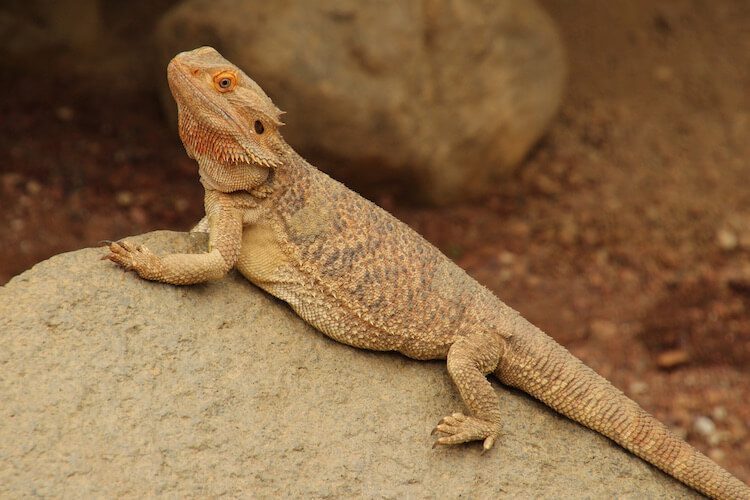
Bearded Dragons get hydration from food, misting, or soaking. Provide a shallow water dish, refreshed daily, and mist greens lightly. Weekly baths in lukewarm water aid hydration and shedding.
8. Common Feeding Mistakes and How to Avoid Them
Overfeeding insects can lead to obesity, while underfeeding greens causes nutritional gaps. Avoid feeding oversized prey (larger than the space between the dragon’s eyes) to prevent choking. Always gut-load insects with nutritious feed 24 hours before offering them.
Handling and Bonding with Your Bearded Dragon
1. Understanding Their Temperament
Bearded Dragons are naturally calm, making them ideal for handling. However, they may initially be skittish, especially as hatchlings. Patience and consistent interaction build a trusting relationship, allowing your Bearded Dragon to become a responsive companion.
2. How to Safely Handle Your Bearded Dragon
To handle a Bearded Dragon, approach slowly and scoop from below, supporting their body and legs. Avoid grabbing from above, as this mimics a predator’s approach. Start with 5-10 minute sessions, gradually increasing as they relax.
3. Building Trust Through Regular Interaction
Regular handling strengthens the bond. Hand-feed treats like small pieces of fruit or talk softly during interactions to familiarize your Bearded Dragon with your presence. Avoid sudden movements or loud noises to keep them calm.
4. Recognizing Stress Signals
Watch for signs of stress, such as a blackened beard, hissing, or hiding. These indicate discomfort, possibly from improper handling or environmental issues. Address the cause—check tank conditions or reduce handling frequency—to restore their comfort.
5. Socialization Tips for Families and Other Pets
Bearded Dragons can adapt to households with children or other pets if introduced carefully. Supervise children during handling to ensure gentle treatment. Keep other pets, like dogs or cats, at a distance to avoid stress or injury.
Health and Wellness
1. Common Health Issues
Bearded Dragons are hardy but susceptible to certain conditions:
- Metabolic Bone Disease (MBD): Caused by inadequate UVB or calcium, leading to weak bones or deformities.
- Impaction: Blockage from ingesting loose substrate or oversized prey.
- Respiratory Infections: Result from high humidity or low temperatures, marked by wheezing or mucus. Regular vet checkups and proper care prevent most issues.
2. Signs of a Healthy Bearded Dragon
A healthy Bearded Dragon has clear eyes, a robust appetite, smooth skin, and regular bowel movements. Active behavior and a relaxed demeanor during handling are also positive indicators.
3. Preventative Care and Regular Checkups
Schedule annual vet visits with a reptile specialist to catch issues early. Monitor weight, appetite, and behavior weekly. Ensure UVB and heating systems are functioning to avoid deficiencies.
4. Brumation: What It Is and How to Manage It
Brumation is a hibernation-like state some Bearded Dragons enter during cooler months, marked by reduced activity and appetite. Before brumation, ensure your dragon is healthy via a vet check. Reduce lighting and feeding gradually, and provide a hide for comfort.
5. Parasite Prevention and Treatment
Parasites, like pinworms, can affect Bearded Dragons. Annual fecal tests detect infestations. Maintain a clean tank and avoid feeding wild-caught insects to minimize risks. If parasites are found, follow a vet’s treatment plan.
6. Finding a Reptile-Savvy Veterinarian
Not all vets are experienced with reptiles. Search for a herpetological vet through organizations like the Association of Reptilian and Amphibian Veterinarians (ARAV). A knowledgeable vet ensures accurate diagnoses and treatments.
7. First Aid Kit for Bearded Dragons
Keep a basic first aid kit:
- Digital thermometer for temperature checks.
- Reptile-safe disinfectant for minor wounds.
- Calcium powder for emergency supplementation.
- Saline solution for eye cleaning.
Breeding Bearded Dragons (Optional for Advanced Keepers)
1. Understanding Bearded Dragon Reproduction
Breeding Bearded Dragons requires expertise and commitment. Mating typically occurs in spring or summer, with males displaying head-bobbing and females laying 20-50 eggs per clutch. Only healthy, mature dragons (1.5-2 years old) should breed.
2. Preparing for Breeding
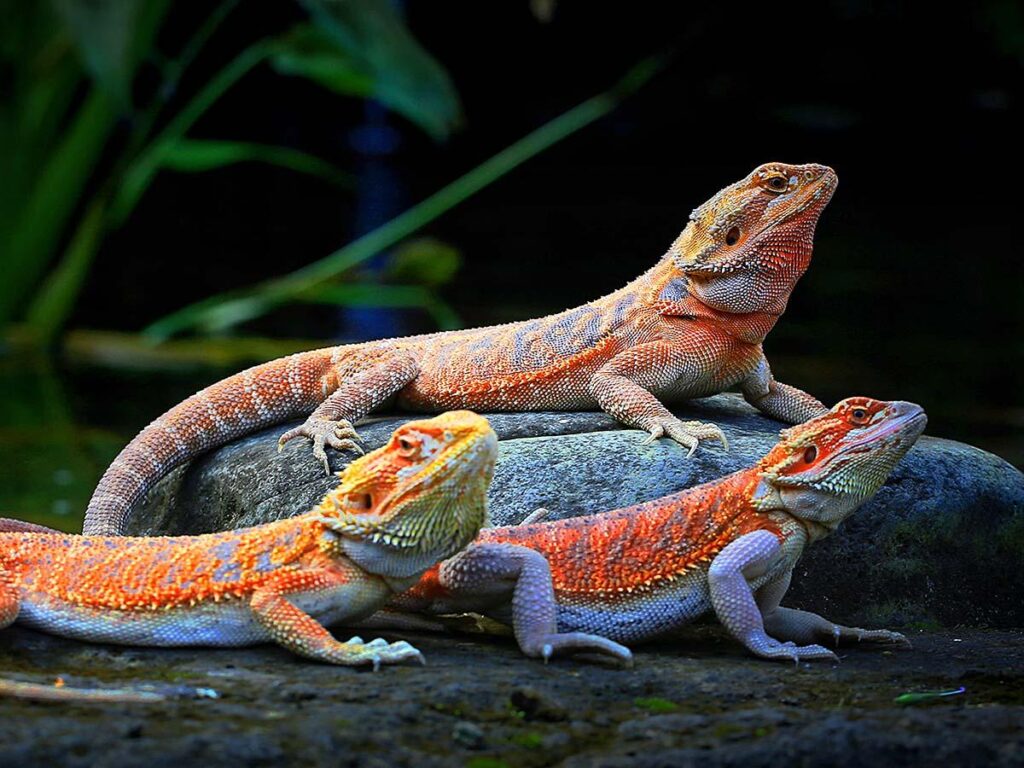
Ensure both dragons are in peak health with a vet check. Provide a spacious tank with optimal conditions and increase calcium supplementation for females to support egg production. Introduce the pair gradually to avoid aggression.
3. Egg Laying and Incubation
Females lay eggs in a moist substrate. Transfer eggs to an incubator set at 80-85°F with 60-70% humidity. Incubation takes 60-70 days, requiring consistent monitoring to prevent mold or temperature fluctuations.
4. Caring for Hatchlings
Hatchlings need smaller enclosures (20-40 gallons), frequent feedings (3-5 times daily), and high humidity (50-60%). Handle minimally to reduce stress and ensure proper UVB exposure for growth.
5. Ethical Considerations in Breeding
Breeding should prioritize animal welfare. Avoid overbreeding, as it strains females and floods the market with hatchlings. Ensure you have homes for offspring or partner with reputable rehoming organizations.
Troubleshooting Common Bearded Dragon Problems
1. Loss of Appetite
A Bearded Dragon may stop eating due to stress, brumation, or illness. Check tank conditions, ensure proper temperatures, and offer varied foods. If appetite doesn’t return within a week, consult a vet to rule out parasites or infections.
2. Shedding Issues
Incomplete shedding, often due to low humidity, can cause skin buildup. Increase humidity slightly with misting or baths, and gently assist with a damp cloth if needed. Never pull stuck skin forcibly.
3. Aggression or Unusual Behavior
Aggression, like biting or tail-whipping, may stem from stress, territoriality, or hormonal changes. Reduce handling, check for environmental stressors, and ensure the tank isn’t too small. Persistent aggression warrants a vet visit.
4. Tank Setup Problems
Common issues include incorrect temperatures, failing UVB bulbs, or unsafe substrates. Use a digital thermometer to verify gradients and replace UVB bulbs every 6-12 months. Switch to safe substrates like tile if impaction is a concern.
5. Addressing Parasites or Infections
Symptoms like lethargy, diarrhea, or weight loss may indicate parasites or infections. Seek a vet for fecal testing or treatment. Maintain a clean tank to prevent recurrence.
Bearded Dragon Care Schedule
1. Daily Care Checklist
Consistency is key to a Bearded Dragon’s health. Daily tasks include:
- Feed appropriate meals based on age.
- Check basking and cool zone temperatures.
- Spot-clean waste and refresh water.
- Observe behavior for signs of stress or illness.
2. Weekly Maintenance Tasks
Weekly care ensures a clean, safe environment:
- Deep-clean the tank with reptile-safe disinfectant.
- Wash and sanitize decor and water dishes.
- Verify UVB and heat lamp functionality.
3. Monthly and Annual Care Tips
Monthly, weigh your Bearded Dragon to track growth and inspect equipment for wear. Annually, replace UVB bulbs and schedule a vet checkup to maintain long-term health.
4. Seasonal Considerations
In fall, prepare for potential brumation by reducing light and feeding gradually. Monitor humidity in winter to prevent respiratory issues and ensure consistent heating.
Fun Facts and Myths About Bearded Dragons
1. Fascinating Facts to Know
Bearded Dragons are full of surprises. They can recognize their owners’ voices and faces, often responding to familiar people with curiosity. Their ability to change color slightly based on mood or temperature adds to their charm. Did you know they can run up to 9 miles per hour in short bursts?
2. Debunking Common Myths
Misinformation can harm Bearded Dragons. One myth is that they don’t need UVB light—false, as UVB is essential for calcium absorption. Another is that they can live solely on insects, but adults require a vegetable-heavy diet to thrive.
3. Bearded Dragons in Pop Culture

Bearded Dragons have appeared in media, from pet-focused YouTube channels to cameo roles in films. Their quirky behaviors, like arm-waving, make them social media stars on platforms like X, where owners share videos of their dragons basking or “waving” at cameras.
Resources and Community
1. Recommended Books and Websites
Deepen your Bearded Dragon knowledge with resources like:
- The Bearded Dragon Manual by Philippe de Vosjoli.
- Websites like Reptile Magazine or PetMD for care tips.
- X posts from Bearded Dragon enthusiasts for real-time advice.
2. Online Communities and Forums
Join communities like BeardedDragon.org or Reddit’s r/BeardedDragons for support. X is a great platform to connect with owners sharing care hacks or morph photos.
3. Reputable Breeders and Rescue Organizations
Source Bearded Dragons from ethical breeders or rescues. Organizations like the Phoenix Herpetological Society offer adoption options, ensuring healthy pets and responsible rehoming.
4. Supplies Checklist for New Owners
| Item | Purpose |
| 75-120 Gallon Tank | Adult housing |
| UVB Tube Light | Calcium absorption |
| Heat Lamp | Basking zone |
| Ceramic Tiles | Safe substrate |
| Calcium Powder | Nutritional supplement |
Frequently Asked Questions (FAQs)
1. Is a Bearded Dragon a Good Pet?
Bearded Dragons are excellent pets due to their calm, friendly nature and manageable care needs. Ideal for beginners and families.
2. Do Bearded Dragons Cuddle You?
Bearded Dragons don’t cuddle like mammals but enjoy gentle handling, often resting calmly on owners, building trust through regular interaction.
3. How Much Does a Bearded Dragon Cost?
A Bearded Dragon costs $50-$200, depending on morph. Setup (tank, UVB, heat) adds $200-$500; ongoing food costs are minimal.
4. Do Bearded Dragon Bites Hurt?
Bearded Dragon bites are rare and typically painless, feeling like a pinch. Proper handling minimizes any risk of biting.
5. Does a Bearded Dragon Like to Be Touched?
Bearded Dragons often enjoy gentle touching if handled regularly. Start slowly to build trust and avoid stress or discomfort.
Conclusion
Bearded Dragons are remarkable pets, combining low-maintenance care with engaging personalities. This guide has covered everything from setting up a perfect habitat to mastering their diet, health, and bonding needs. By following these expert tips—ensuring proper UVB lighting, a balanced diet, and regular handling—you can provide your Bearded Dragon with a thriving, happy life. Whether you’re a first-time owner or an experienced keeper, joining the Bearded Dragon community on platforms like X can enhance your journey. Start applying these insights today, and enjoy the rewarding experience of caring for your Bearded Dragon!
